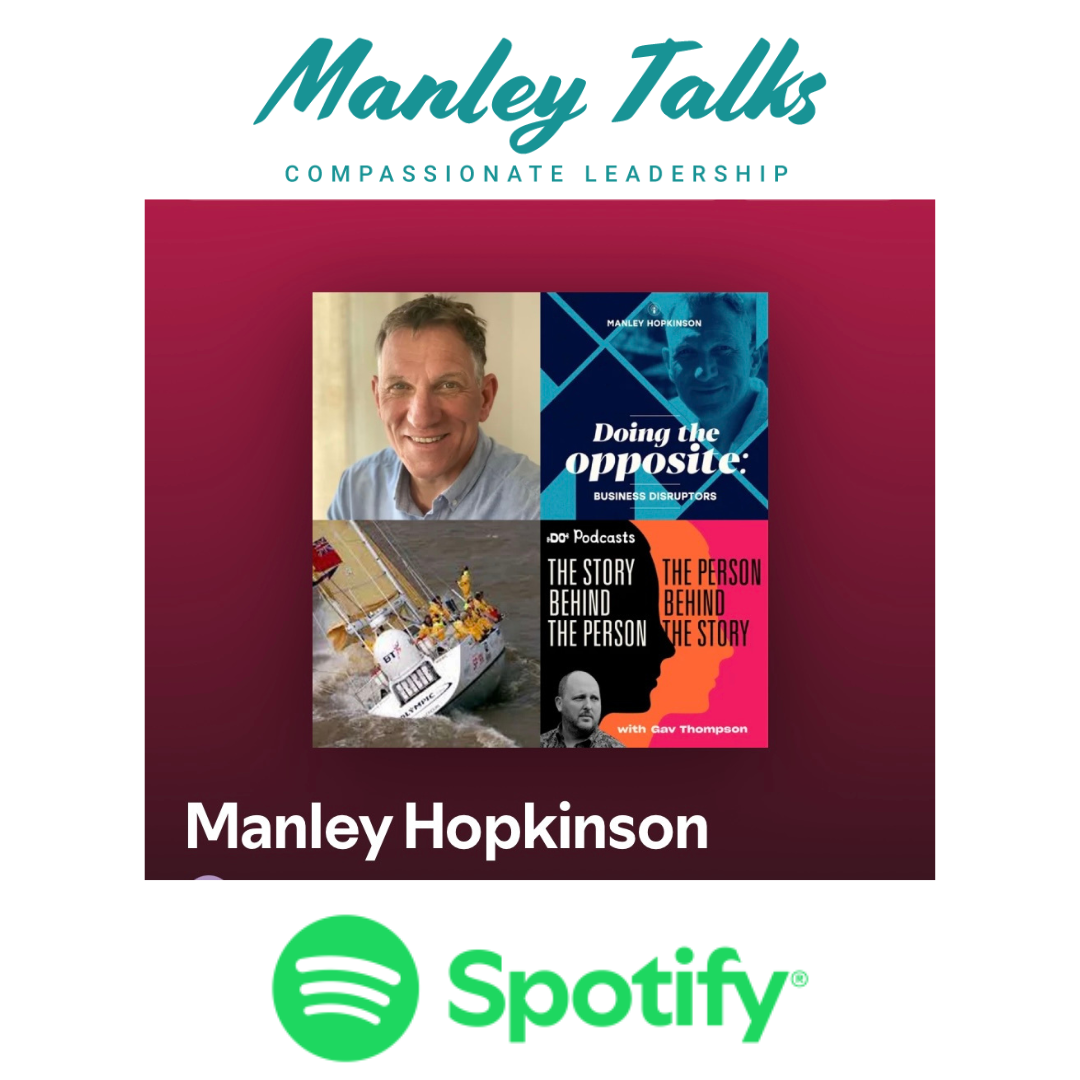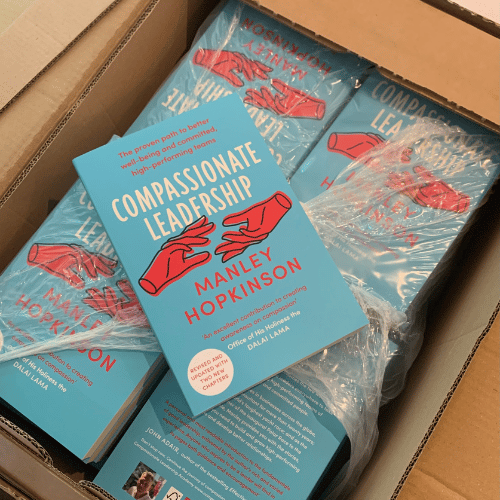It was with a mix of excitement and trepidation that I wrote my book on Compassionate leadership with the enthusiastic backing of my publishers, Piatkus in 2014. Being published is exciting, but it can also expose you to open critique. But I need not have worried, for the book was received with overwhelming positive acclaim and great reviews.
We did not launch with a fanfare, but rather let it grow organically through word of mouth. It was spotted in the bookshops all over the world from Dubai to Cape Town and Singapore to New York. Thank you to all of you who reviewed my book and who also posted photographs of a well thumbed and highly annotated battered copy; the best feedback ever is to know that it is the reference book for many leaders globally.
So now, the 2nd edition has been published.
A lot has changed in the world since the 1st edition was printed not the least the Covid 19 pandemic. This has forced us to look at the way we work and also to look at ourselves and howe we are coping with so much uncertainty. The period of lockdown proved that we can work differently and that the concept of a hybrid working environment is here to stay. So how does this change leadership? What changes do I need to make if half my team are working from home and others in the office or, as appears to be happening, an inconsistent mix of both. How do you create a team and a common culture if you are rarely together? How do you induct new-joiners if you only ever see them on a screen? I have a lot of experience in this, not just as a result of the lockdown but also through working with global organisations who, essentially, have been trying to tackle this problem for some time. So one of the new chapters is all about Remote Leadership.
The second new chapter is Resilience; the ability to bounce back. It has been a tough few years and there is much more uncertainty ahead as the global order shifts under the pressures from Covid, the Ukraine war, climate change, global inflation and resource supply issues. It’s pretty hectic to say the least. We need to look after ourselves and our teams and colleagues. We are going to have to create organisational and individual mechanisms and structures that build and foster resilience.
As you will see, both these chapters lean heavily on the principles already shared in the 1st edition, with resilience a natural outcome of compassionate leadership. I hope that you enjoy these new chapters as much as you do the others. I believe the book is more complete now and its usefulness increased and along with The Compassionate Leadership Academy our intent is to create a movement of compassionate leadership across the globe. And, boy, do we need it!
Related Articles


Manley Hopkinson accepted into Forbes Business Council Forbes Business Council [...]
